How Robots are Changing Manufacturing
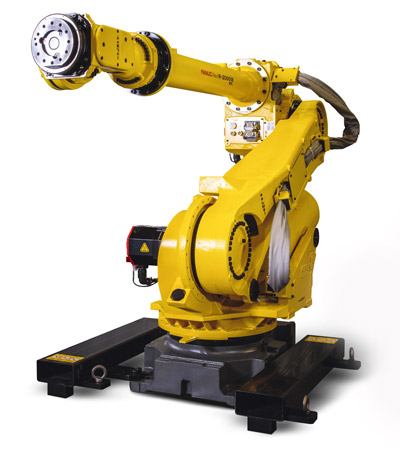
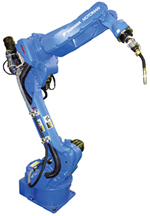
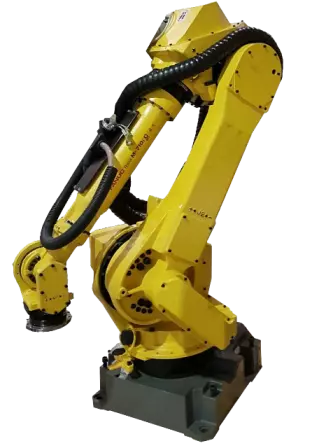
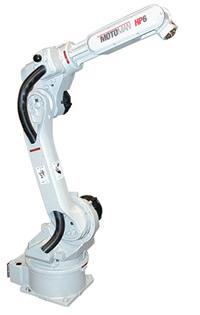
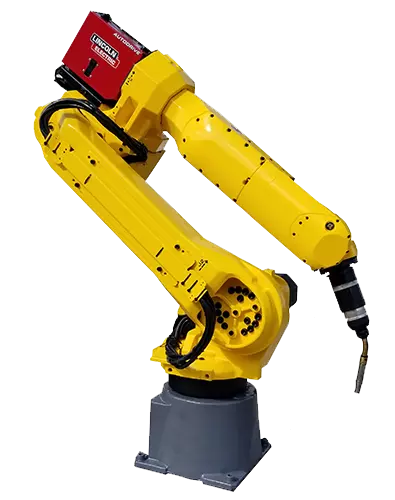
The history of industrial robots in manufacturing dates back to the early 1960s when the first industrial robot was deployed in the automotive industry. Since then manufactures have widely adopted industrial robots and today there are more active robots around the world than ever before. Improvements over the years have made articulated robots more sophisticated, intelligent, and autonomous. The FANUC Arcmate 120ic can automate complex welding process while the Motoman MH6 can handle multiple applications. The growth of industrial robots has changed manufacturing for the better in several ways.
- • Making Manufacturing Safer - Six axis robots are especially valuable to manufacturing since they can take over dangerous jobs from humans. These robots significantly improved workforce safety in manufacturing settings as workers are relieved of physically strenuous or hazardous tasks and can instead be moved to more comfortable settings. The FANUC M-410ib/700 can palletize heavy loads over and over without failure with its high payload capacity. The FANUC M-710ic can work with hazardous chemicals such as industrial grade paints or sealants that otherwise would be too risky for human involvement.
- • Creating Higher Level Jobs - One of the biggest concerns with the increased use of robots is that they would end up taking away jobs from people. This is a common misconception as industrial robots actually create more higher level and better paying positions for workers. The use of robots in manufacturing has added jobs such as robot operators, techs, programmers, and engineers. Workers are able to forgo undesirable, low paying, and monotonous positions for ones that are more creative and valuable to the company.
- • Producing Higher Quality Products - Robots have also changed manufacturing through improving product quality. One of the biggest hindrances to product quality is human error, which is unavoidable in low automation facilities. Robots eliminate the chance of human error while also operating with incredibly high repeatability and accuracy that is unmatched by humans. Products manufactured by robots are high-quality which helps with customer retention.
- • Creating Fully Automated Factories - Another change that is happening in manufacturing due to robotics is the development of fully automated factories. Fully automated factories use the lights-out manufacturing method in which they solely run on automated equipment with robots being the main source. These facilities can run twenty-four hours with no disruptions. Costs are significantly reduced while productivity increases. Fully automated factories are helping reshore manufacturing back to the U.S.
- • Expanding Manufacturing Capabilities - The use of industrial robots has also helped expand the capabilities of manufacturers. Robots operate at faster speeds and around the clock, increasing output capacities and helping manufacturers keep up with high product demand. Robots also allow for more sophisticated products as they can complete tasks humans cannot along with their pinpoint precision.
- • Reducing Environmental Impact - The state of the environment has been a hot topic over the last few years. People have been looking for ways to reduce their environmental impact. In manufacturing the use of industrial robots is allowing companies to do just that. Newer robots like the FANUC M-20ia, are energy efficient, consuming much less energy than other forms of manufacturing machines. Robots are also carbon-free and reduce wasted materials and scraps.
Robots Done Right is the place to start when it comes to used robots. Contact us if you are interested in buying or selling a used robot.